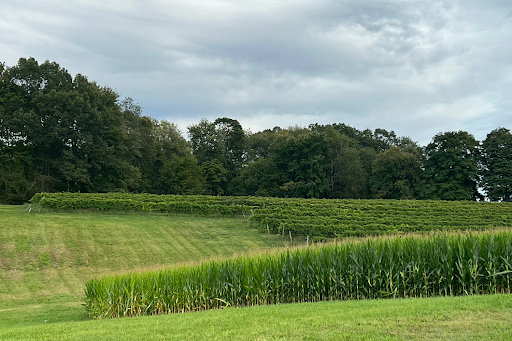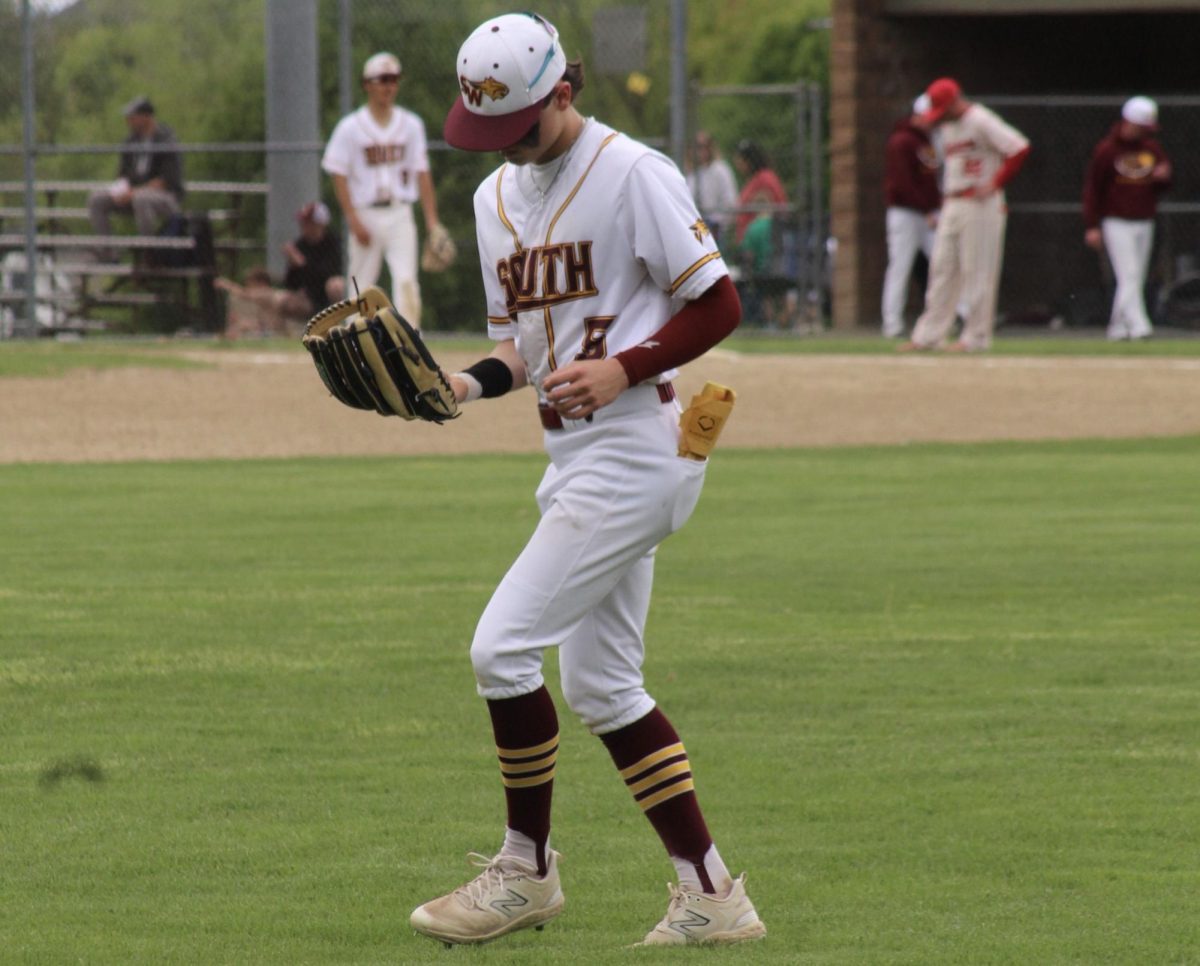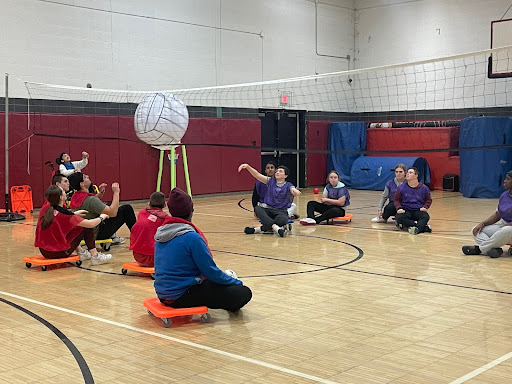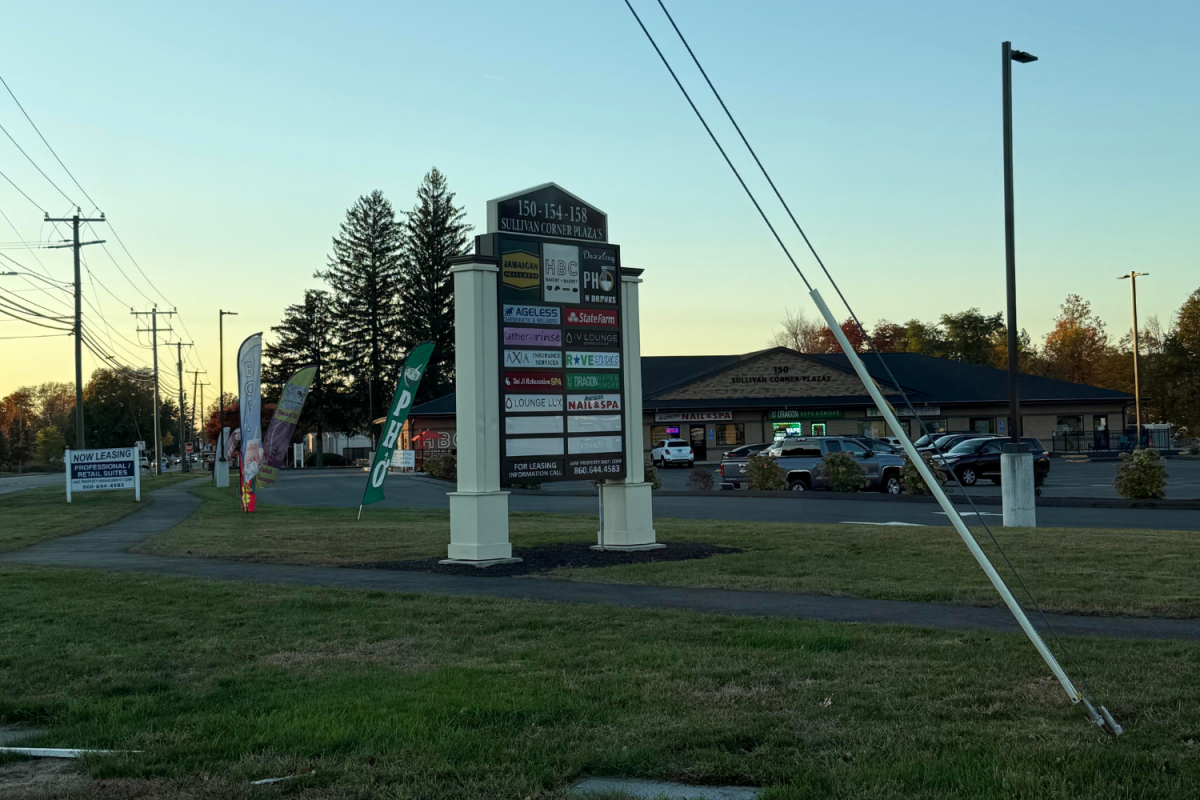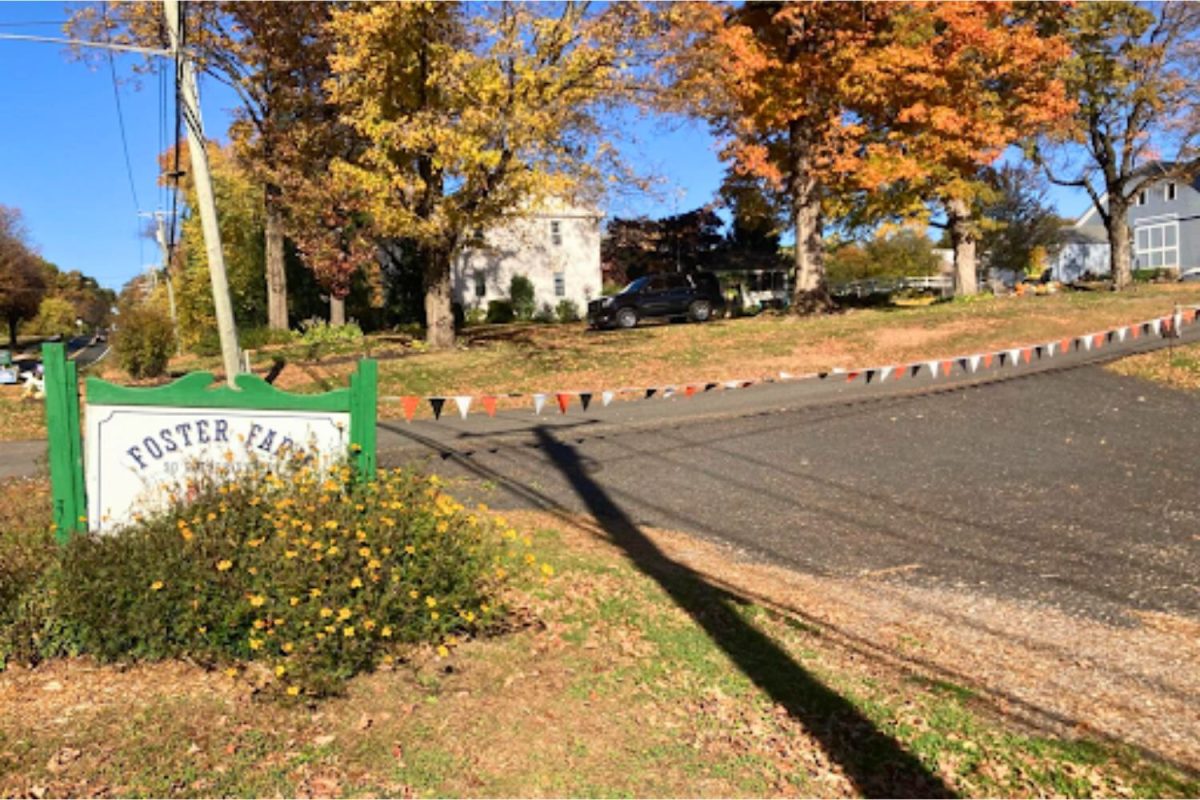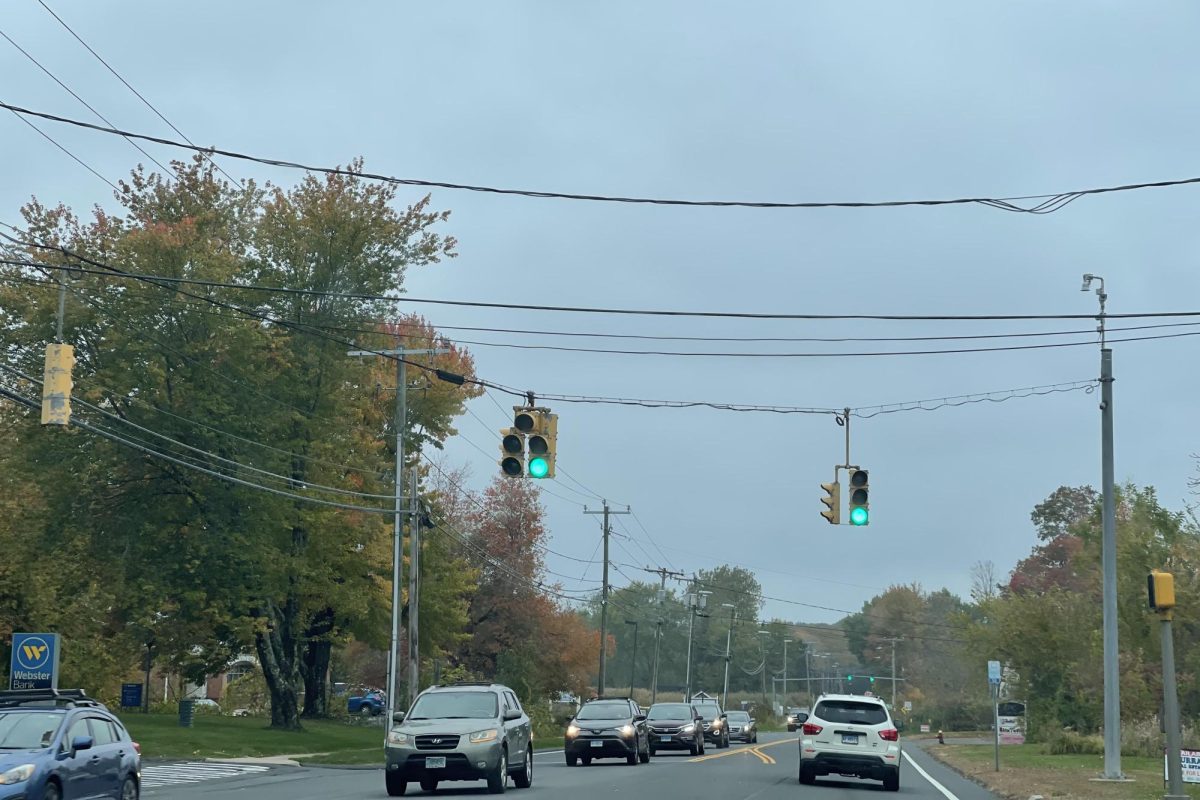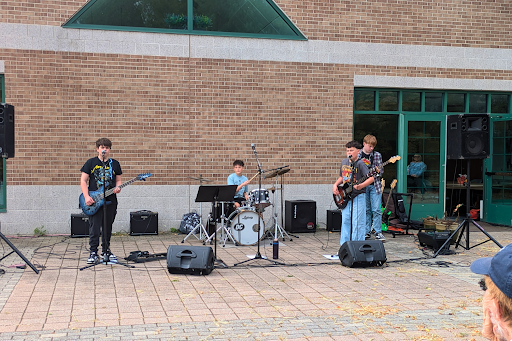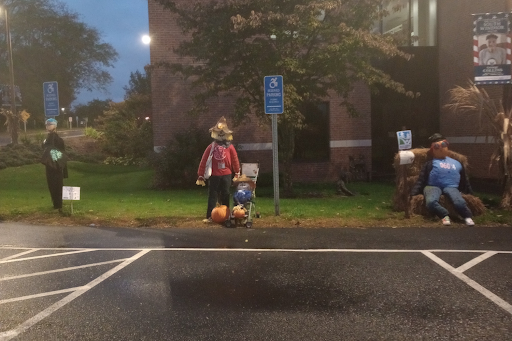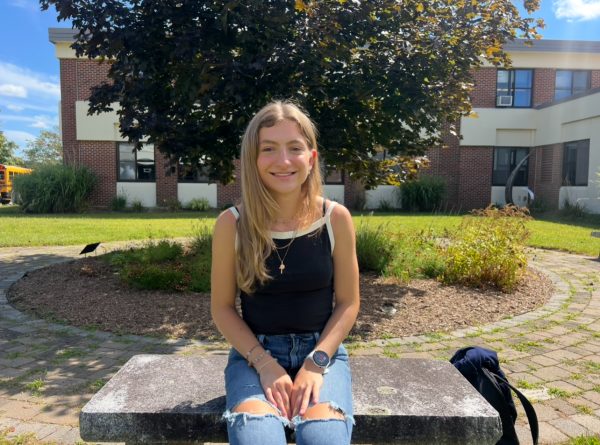The spotted lanternfly is an invasive insect that has now been seen in multiple South Windsor locations; Facebook users have cited that dozens of them have been seen on trees near Eli Terry Elementary School and at the town garage.
Native to China, Vietnam and Taiwan, spotted lantern flies were first seen in the US in 2014. It is hypothesized that they were introduced to the US by a stone shipment from China to Pennsylvania. A decade later, they have spread to 15 states where they are most prevalent in New England and Pennsylvania.
“The spotted lanternfly poses a threat to the agricultural industry, including historically farming towns like South Windsor,” South Windsor’s Environmental Planner, Autum Burke said.
Spotted lanternflies cause agricultural damage by feeding on the sap of woody trees. While that alone can be damaging, as they feed, they excrete a sticky and sweet substance called honeydew. Honeydew causes the growth of a fungus called sooty mold on the surface of plants. Wherever honeydew accumulates, sooty mold can grow. Sooty mold threatens plant survival by inhibiting photosynthesis, the process by which plants convert sunlight into energy.
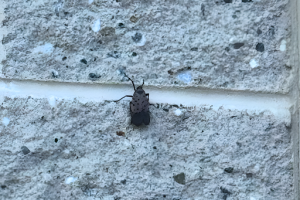
“According to Connecticut’s Department of Energy and Environmental Protection (DEEP), [spotted lanternfly] infestations have resulted in mortality among susceptible vegetation, such as saplings, sumac, grapevines, and tree-of-heaven,” Burke said. “Healthy, established ornamental trees have remained largely unaffected, yet observations indicate these larger trees are experiencing canopy dieback and declining health.”
Spotted lantern flies threaten the overall strength of ecosystems they infestate, by weakening plants’ health and potentially destroying animal habitat and food.
While the insect is harmless to people and pets, they are a major nuisance to humans due to their invasive behavior. The lack of predators, species that prey on the spotted lanternfly, enable their population to grow unchecked.
“Invasive species are what we refer to as nonnative; they’ve come from Europe or Asia or even here in the United States,” South Windsor High School environmental and marine science teacher Deb Field said.
Native species are plants and animals that are naturally occurring in an ecosystem; invasive species vigorously spread, cause environmental damage, affect quality of life, and are a threat to biodiversity.
Biodiversity is the variety of species of plants and animals in an ecosystem.
“The more biodiverse a habitat is, the more it can withstand shocks to the system,” Field said.
“If the spotted lanternfly population proliferates, South Windsor could see a decrease in its native and exotic flora. This may impact fruit production and canopy cover around town,” Burke said.
Vernon resident Kathy Donatello, who owns and operates a vineyard in South Windsor, has yet to encounter spotted lanternflies on her farm; however, she worries for the future.
“We have to be very vigilant about keeping an eye out for them,” Donatello said.
Invasive plant and animal species are the largest threat to Donatello’s vineyard.
“We’re always on the lookout,” Donatello said. “In the spring, I’m going there every day, so I notice things that are happening.”
While she does not have any preventative measures in place against spotted lanternflies specifically, she is hopeful she can control future populations by using advice from other local vineyards.
The host plant of the spotted lantern fly is the Tree-of-Heaven, another invasive species. However, the insect feeds on more than 70 different plant species, making them difficult to eradicate even without their host plant.
South Windsor is currently focused on removing the invasive Tree-of-Heaven, adding the species to the detention pond cleaning schedule.
“Full eradication of the pest is challenging because it can easily move between towns,” Burke said.
Despite this, there are ways you can attempt to control Spotted Lanternfly populations
Scrape spotted lanternfly egg masses off of their surface and crush or burn them. For nymphs and adults, squish them.
“Know what all the different stages look like so that you can start squishing them early,” Field said.
When traveling, inspect your vehicle and outdoor items for any evidence of spotted lanternflies, egg masses, nymphs and adults to prevent the spread of the planthopper by human travel.
It is also recommended to build a circle trap. A tutorial can be found in the link below:
https://extension.psu.edu/how-to-build-a-spotted-lanternfly-circle-trap





